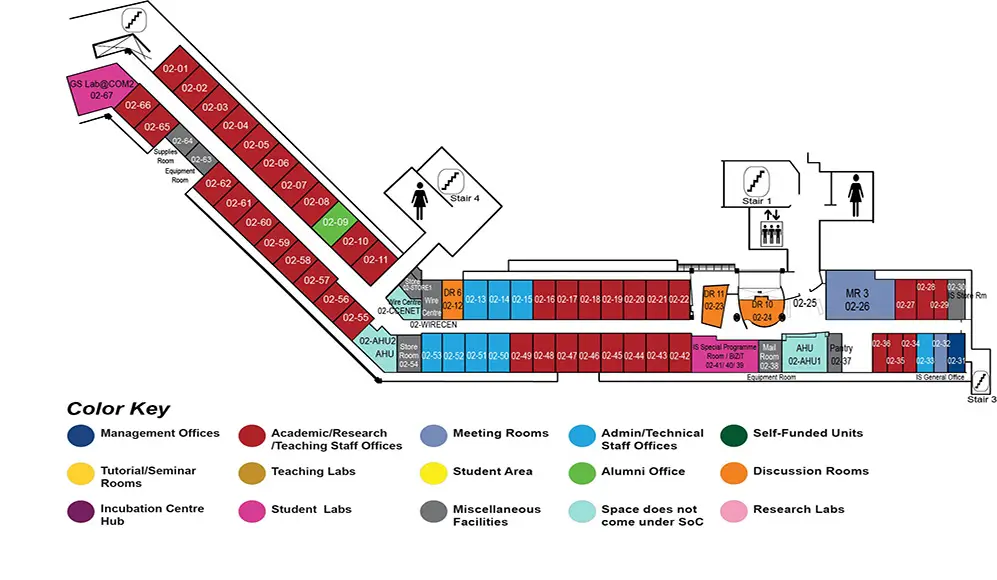AUTONOMOUS DRIVING IN MIXED TRAFFIC: MODELS AND ALGORITHM
COM2 Level 2
MR3, COM2-02-26


Abstract:
Autonomous driving has been gaining popularity in recent years. Driving safely, efficiently, and smoothly in mixed traffic is a crucial capability of autonomous vehicles. It is also very challenging, because of the uncertainties in future motions of the nearby traffic agents (pedestrians, bicycles, cars, buses, etc.), constantly changing environments, sensor noise, and imperfect robot control. In this thesis, we develop an autonomous driving system that takes those uncertainties into account. We decompose the system building into (i) traffic agent motion modelling and (ii) robot vehicle action planning with the motion model.
Autonomous vehicles navigating in dynamic and interactive environments need to foresee the future motion of nearby traffic agents to ensure safety and efficiency. However, it is extremely challenging to predict the motion of real-world traffic agents, due to the diverse dynamics and geometry of traffic agents, complex road conditions, and intensive interactions between them. Traffic agents try to reach their destinations under their kinematic constraints, and in the meantime, they share the responsibility for collision avoidance with each other while having limited attention capabilities. According to these observations, we identify five key factors that govern traffic agents' motions: kinematics, geometry (collision avoidance), intention (destination), responsibility, and attention. We proposed GAMMA, a general agent motion prediction model for autonomous driving, that can predict the motions of heterogeneous traffic agents. GAMMA incorporates all the five important factors we identify in a unified framework for prediction and achieves a high prediction accuracy on multiple real-world datasets.
To plan the optimal robot vehicle action, we embed GAMMA into a partially observable Markov decision process (POMDP). POMDP provides a general framework for planning under uncertainty. However, solving a POMDP optimally is computationally expensive. Recent sampling-based POMDP algorithms can provide a near-optimal solution efficiently. But they may miss the rare but critical events, resulting in severe consequences such as collisions with pedestrians. We introduce importance sampling to POMDP algorithms. Our algorithm, IS-DESPOT, improves the performance, especially for scenarios containing rare but critical events.
By embedding GAMMA into POMDP and solving the POMDP with IS-DESPOT, our autonomous driving system is able to drive a robot vehicle safely, efficiently, and smoothly in mixed traffic in complex unregulated environments in simulation with real-world maps. We also validate our system on a real single-seater vehicle in our campus plaza.

